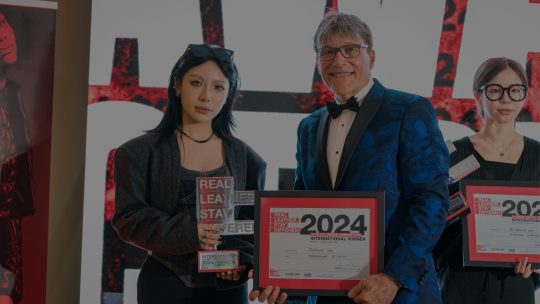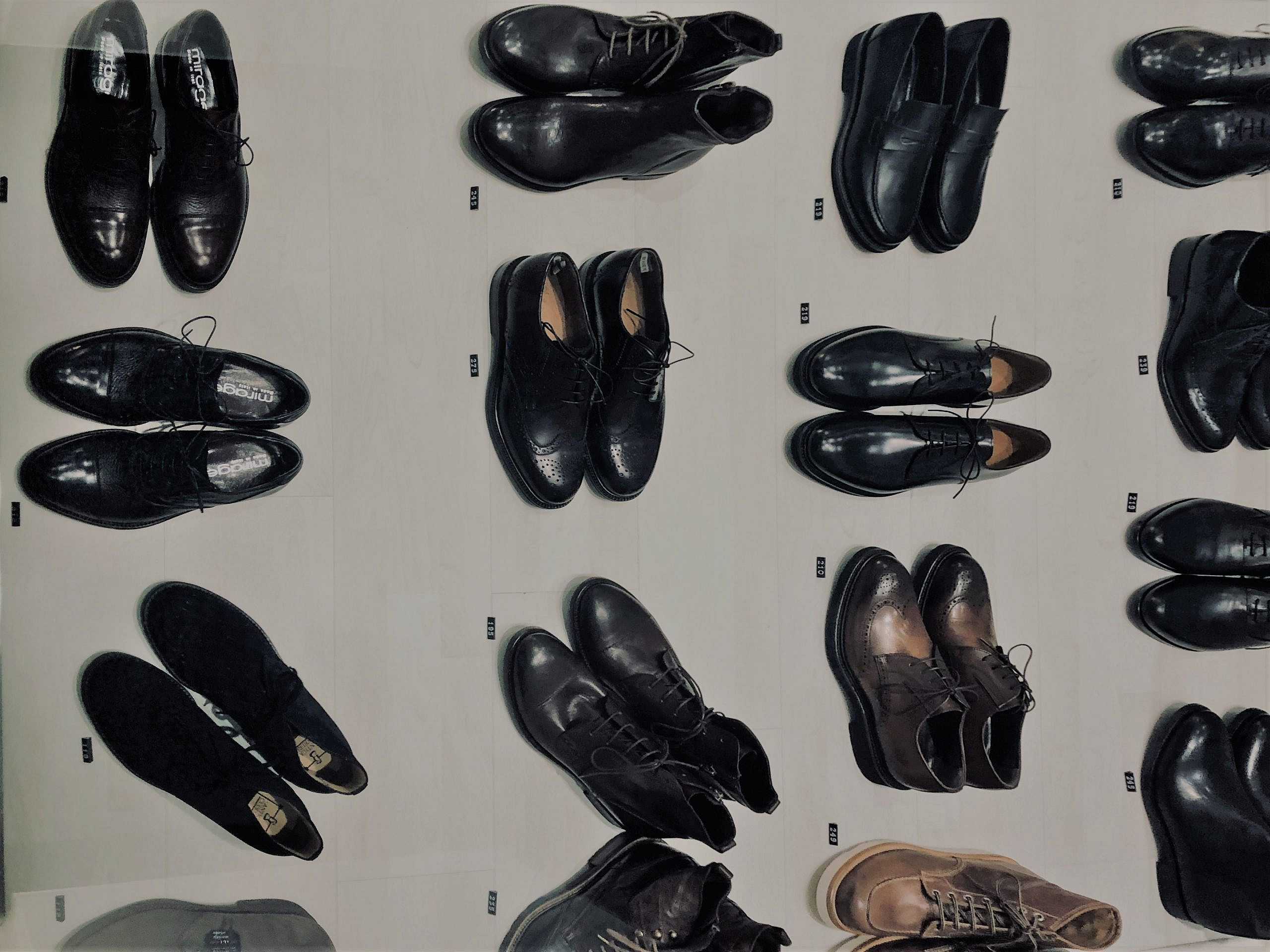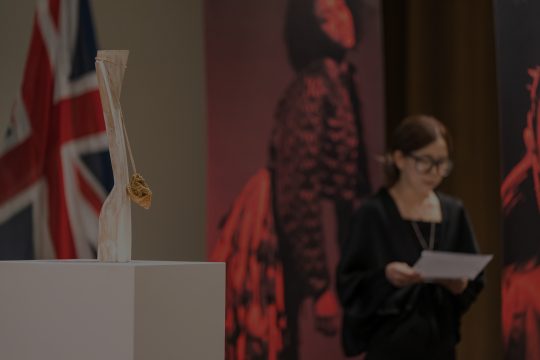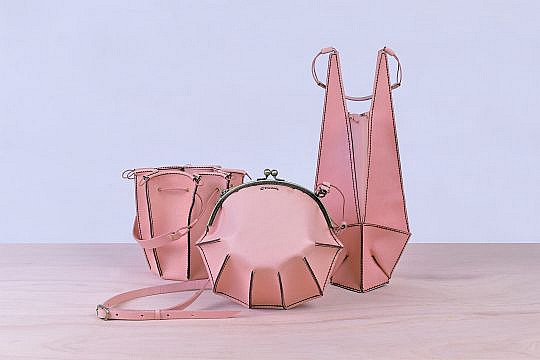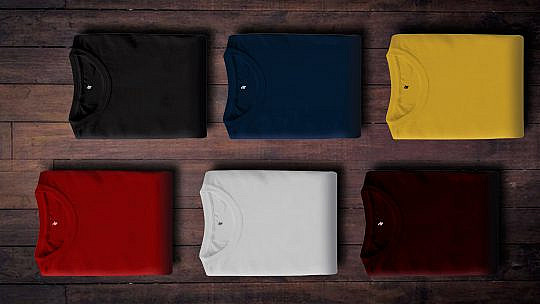What happens to leather at the end of its useful life?
Longevity is leather’s strong suit. The beauty is that it can be repaired, restored, enjoyed for a lifetime, and passed down through the generations. Despite its durability, though, people still throw their leather items away. In the footwear industry alone, an estimated 22 billion pairs of shoes end up in landfills annually. The question is, what happens to all that discarded leather. We know that leather is biodegradable, but what does that mean, and how quickly does it decompose?
Natural, unprocessed animal hides are indeed biodegradable and decompose naturally in a relatively short space of time. However, processed hides (i.e., leather) can take between 10 and 50 years to break down, depending on several factors. For starters, the tanning process used to stabilize the hides and turn them into a usable, durable material also transforms the chemistry of the leather fibres making it more difficult for the enzymes to break down. The finishing process also has an effect; for example, shoe polish and other treatments may make them weatherproof but also slow down the rate at which they biodegrade. Hardware such as zips, fasteners, and buckles also play a part. So, while the leather itself may biodegrade, any additional bells and whistles may take more time. Finally, some leather shoes use rubber or plastic soles. Depending on the chemical composition, these could take 100 years or more… Or may never biodegrade.
Could do better
The time it takes for leather to break down is still a fraction of the hundreds of years it takes for plastics and fossil fuel-based materials. After they’re thrown away, these synthetics typically stick around for 500 to 1,000 years, emitting harmful gases and creating plastic soup in our oceans that harms animals and marine life and affects human health. This applies to most of the vegan “leather” substitutes on the market, which are largely plastics-based. Even the most natural, supposedly bio-based alternatives are mixed with non-biodegradable bindings agents and coatings to replicate the performance of leather.
However, while leather beats plastics in the biodegradability stakes, the leather industry knows it could do better. And as consumers increasingly look to make eco-conscious purchases, it is working on innovations to speed up the rate at which leather biodegrades and ensure a more responsible ‘end of life’.
Return to nature
These innovations include new tanning methods such as Zeology, based on the mineral zeolite, a combination of aluminium, silicon sand, and oxygen, said to be abundantly present in the earth’s crust. Leather made using Zeology is free from chrome and heavy metal and biodegrades quicker than leather tanned using more traditional technologies.
Zeology is already in commercial use and plays a starring role in Anya Hindmarch’s pioneering Return to Nature, a collection of bags made from traceable leather and designed to break down naturally, without adding to landfill.
Several other manufacturing techniques and innovations enhance the ability of the bags not only to biodegrade but also to compost so that when they break down, they release nutrients into the soil and support the growth of trees and plants. Products in the collection are finished with Activated Silk™ Technology, a natural finishing chemistry made from silk protein and water. The bags are also unlined, stitched together with biodegradable cotton, and, a real design feat, they are free from hardware, featuring a metal-free closure and an exterior belt to draw the bag closed.
Speaking to Business of Fashion at the time of launch, Hindmarch said, “We want this [bag] to last forever, and it should last forever if you look after it. The point is that if this ever did end up in landfill, it would break down.”
Independent analysis confirms that Return to Nature is as natural and circular as Hindmarch intended. In tests conducted by Eurofins BLC, the leather biodegraded only 10% slower than pure collagen – in other words, it breaks down nearly as quickly as natural, unprocessed animal hides. When it was industrially composted, the leather nourished the soil and delivered 20% stronger plant growth than a control compost.
Completing the circle
This is just the beginning. We have already seen how the leather industry has responded to the growing demand for more sustainable products by continuously improving its manufacturing processes – reducing chemical use, conserving water, and reusing and recycling waste. Improving leather’s ability to biodegrade completes the circle. The technology and innovation already exist. All we need are more designers and brands designing leather items with a responsible end of life in mind.
BY Janine Maxwell
